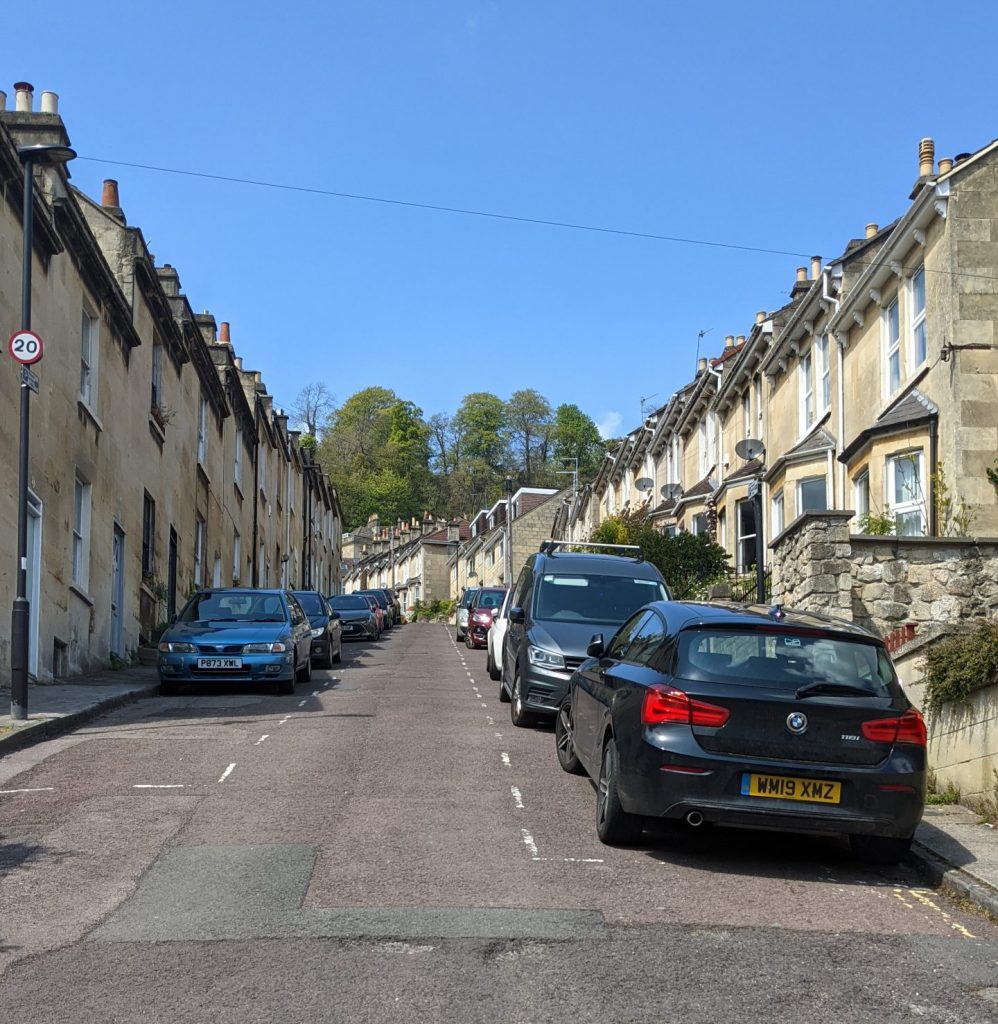Locally listed heritage assets, or Non-Designated Heritage Assets (NDHAs), are buildings, monuments, or street features that may contribute towards the character or value of a local area, but are not nationally important enough to be added to the National Heritage List for England. Local authorities can compile lists of buildings and sites that are felt to make a positive contribution to their area. Whilst this does not offer statutory protection to a site, or additional planning controls or restrictions, the local list can act as a material planning consideration in determining planning applications.
Locally Listed Buildings

The National Planning Policy Framework states that:
“The effect of an application on the significance of a non-designated heritage asset should be taken into account in determining the application. In weighing applications that directly or indirectly affect non-designated heritage assets, a balanced judgement will be required having regard to the scale of any harm or loss and the significance of the heritage asset.”
The inclusion of a building or site on a ‘local list’ therefore identifies its conservation as a heritage asset as part of national guidance and should be considered by the local authority in planning matters.
However, local listing does not affect the requirements for planning permission in the same way that nationally listed buildings require specialised listed building consent. Additional restrictions can be implemented such as Article 4 Directions for the protection of a conservation area or group of NDHAs from specific types of Permitted Development if it is felt that this would pose an imminent threat to their significance.
-
- B&NES Council offers further guidance on the progress of their local list via their website. You can also read the local authority’s Draft Supplementary Planning Document on Locally Listed Heritage Assets.
- Historic England provides further advice on creating and managing a local list.
- Civic Voice offer additional tools for local community groups to set up a local list as part of their Big Conservation Conversation.

